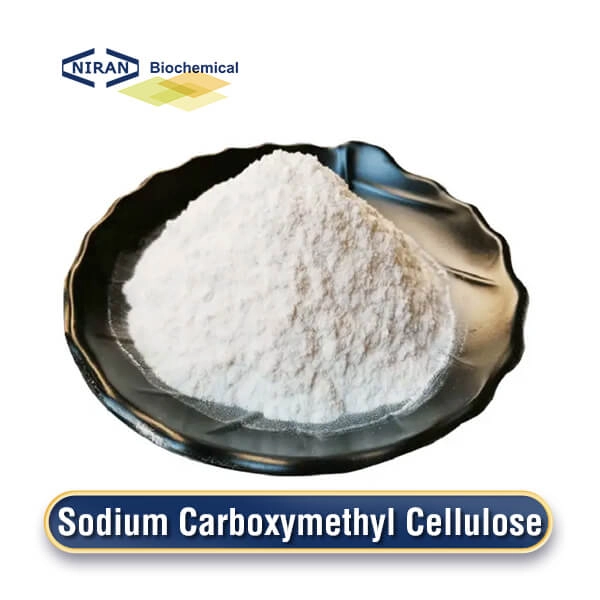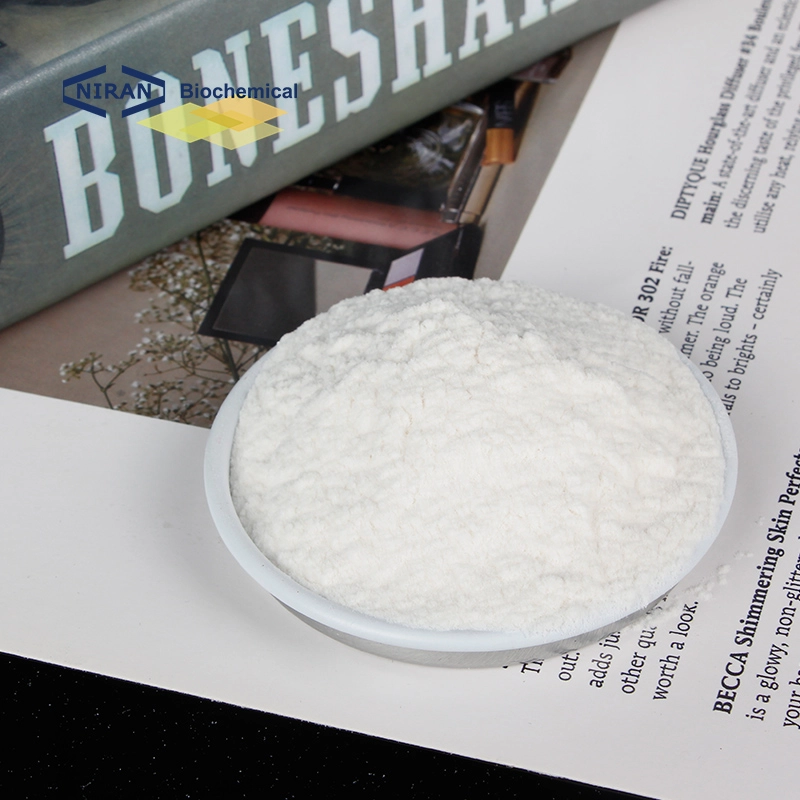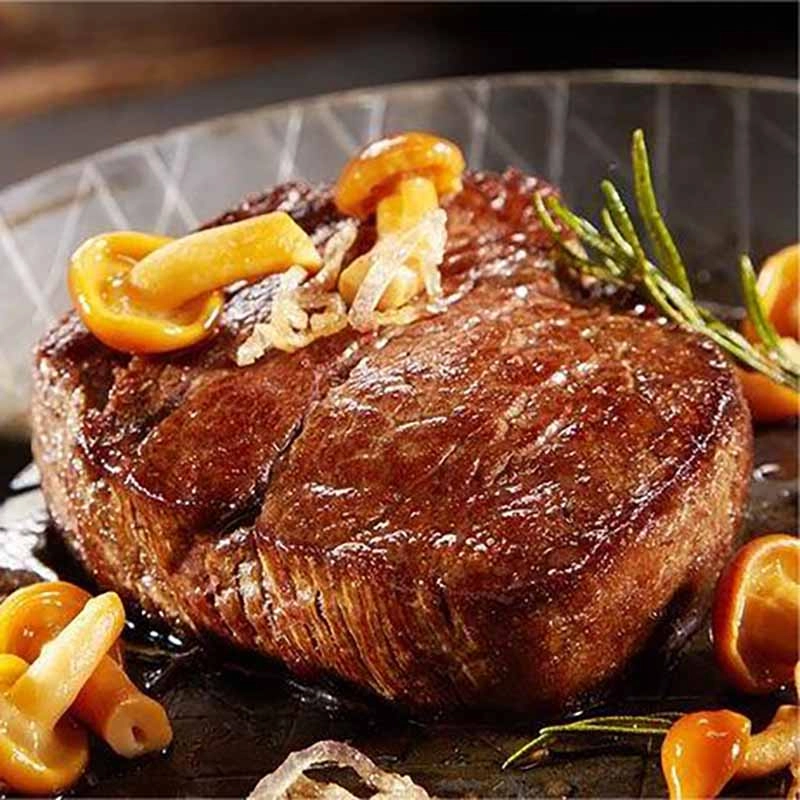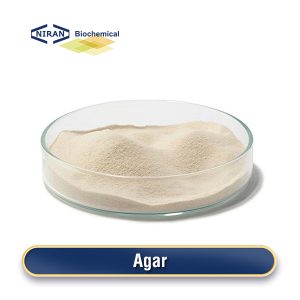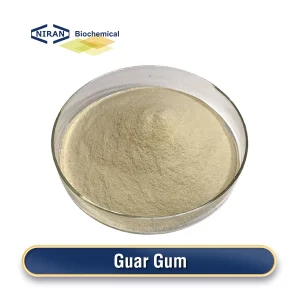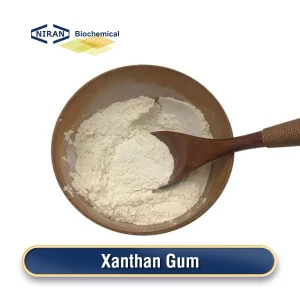What is Sodium Carboxymethyl Cellulose?
The primary ionic cellulose gum is sodium carboxymethyl cellulose. It is an organic substance that is used as a thickener and stabilizer in the food industry, but it is also widely used in the textile, cosmetic, and pharmaceutical industries. It is odorless, tasteless, and hygroscopic. It dissolves easily in water to form a transparent colloidal solution.
The main steps in the production of sodium carboxymethyl cellulose are kneading the material with refined cotton, caustic soda, alcohol combination, and alcohol solution containing chloroacetic acid in order to etherify and alkalize it. To obtain the product, it is then dried and crushed after being neutralized with hydrochloric acid and cleaned with alcohol.
Related parameters:
| ITEMS | Standard |
| Viscosity (1% mPa.S ) | 25-6000 |
| D.S | 0.65-0.85 |
| Purity, % | 99.5 min |
| pH Value 1% | 6.5-8.5 |
| Loss on Drying, % | 8.0 max |
| Particle size, | 80% min through 200mush |
| Sodium Content, % | 9.5 max |
| Chloride, % | 0.4 max |
| Sodium Glycolate, % | 0.4 max |
| Heavy Metals (As Pb), ppm | 10 max |
| Lead, ppm | 2 max |
| Arsenic,ppm | 3 max |
| Total plate count | 500g/kg max |
| Yeast & Moulds | 100g/kg max |
| E.Coli | Nil/g |
| Coliform bacteria | Nil/g |
| Salmonella | Nil/25g |
Recommended dosage:
| Food name | Maximum usage(g/kg) |
| Sauces and dressings | 5-10 g/kg |
| Ice cream | 3-6 g/kg |
| Yogurt | 2-5 g/kg |
| Jams and jellies | 5-8 g/kg |
| Baked goods | 2-5 g/kg |
| Processed meats | 1-3 g/kg |
| Dairy desserts | 3-6 g/kg |
| Syrups | 3-8 g/kg |
| Canned foods | 2-6 g/kg |
| Pasta sauces | 4-8 g/kg |
| Dips | 4-7 g/kg |
| Dough conditioners | 1-3 g/kg |
| Custards and puddings | 4-7 g/kg |
Sodium Carboxymethyl Cellulose has a wide range of uses
1. Stabilizer and Thickener: CMC-Na can be used as a stabilizer and thickener in food processing, especially in liquid products such as sauces, jams, jellies and salad dressings. It can increase the viscosity and consistency of food, improve the taste, prevent the separation and precipitation of ingredients, and keep the food stable during storage and use.
2. Humectant and Hydrator: Due to its water solubility and high water absorption, sodium carboxymethyl cellulose can be used as a humectant and hydrator in food. It can absorb and retain moisture, prolong the moisture period of food, while maintaining the freshness and quality of food.
3. Emulsifier: In the food business, sodium carboxymethyl cellulose is also utilized as an emulsifier. It helps to combine oil and water phases to form a stable emulsion, such as cheese, ice cream, cream and other products.
4. Anticaking agent: Sodium carboxymethyl cellulose is used as an anti-caking agent in some food processing processes. It can reduce the agglomeration of particles or granular materials in food, maintaining the uniformity and quality of the product.
5. Improve the texture and taste of food: Due to its ability to form a stable gel structure, CMC-Na can be used to improve the texture and taste of food, making the product smoother and more uniform, increasing its overall edibility and consumer satisfaction.
User asked question:
Q: Exist any dietary ingredients that can replace sodium carboxymethyl cellulose?
A: In the food industry, although there is no single substitute that can completely replace all functions, common food additives such as alginate, guar gum, and tapioca starch can partially replace the thickening, stabilization, and emulsification functions of sodium carboxymethyl cellulose.
The selection of suitable substitutes should take into account product needs and consumer health, and formulation optimization and testing should be carried out to ensure the expected effect.

